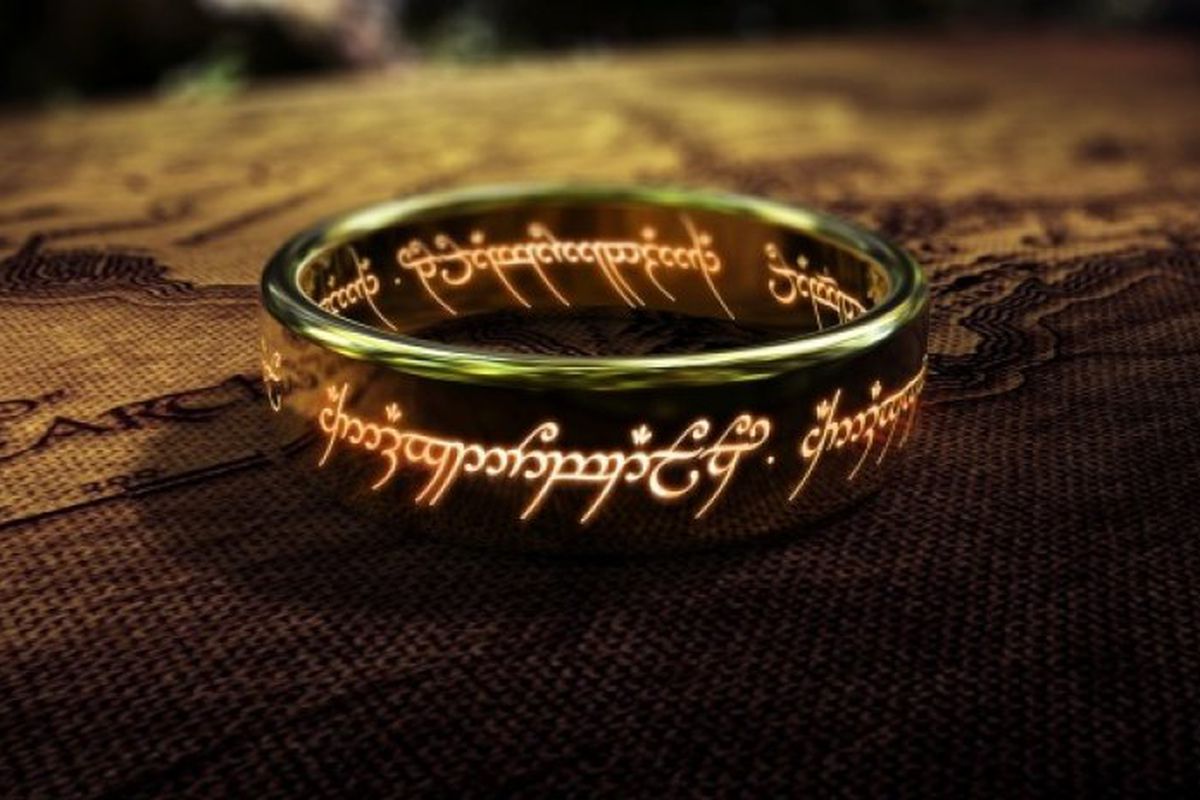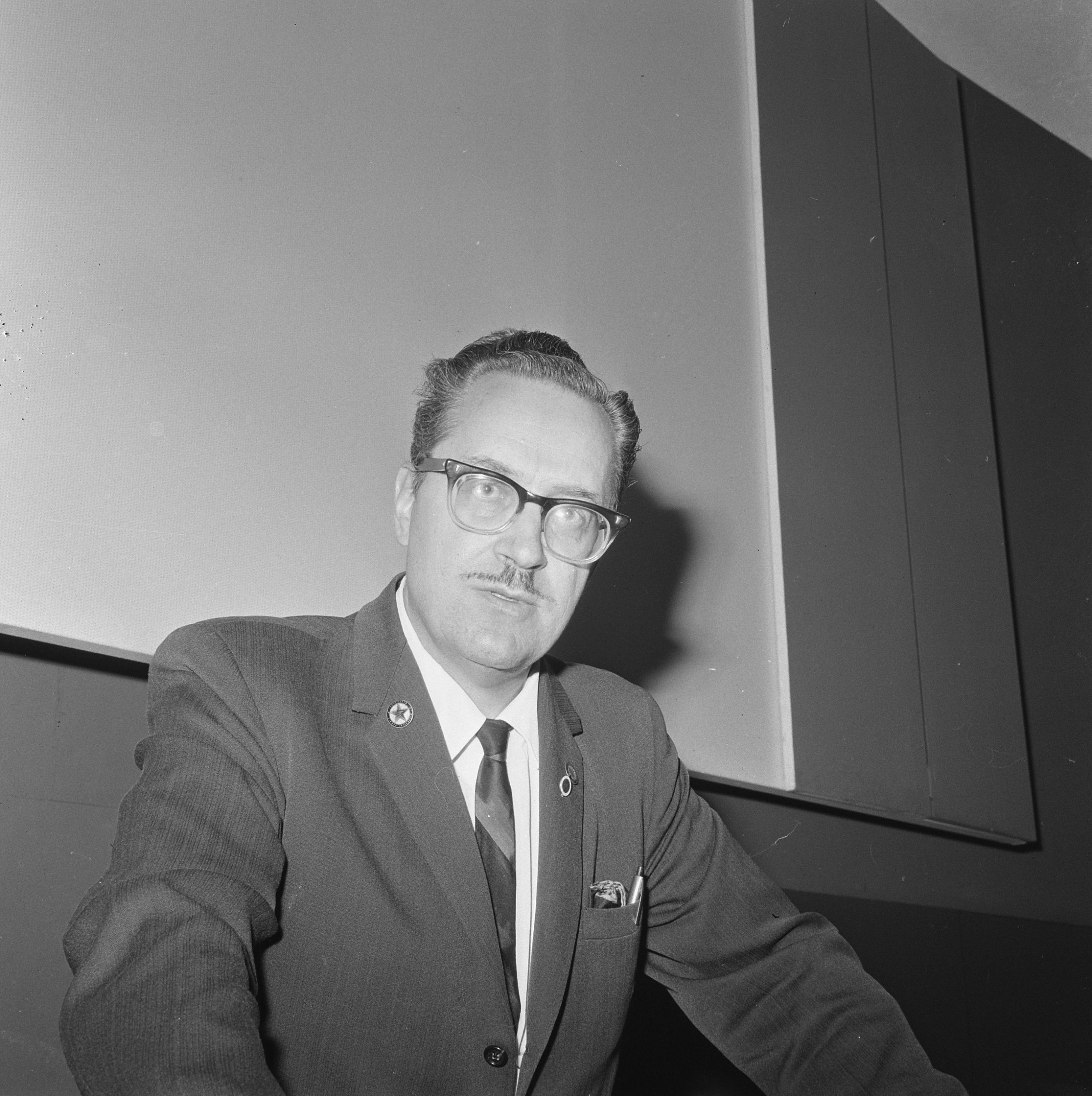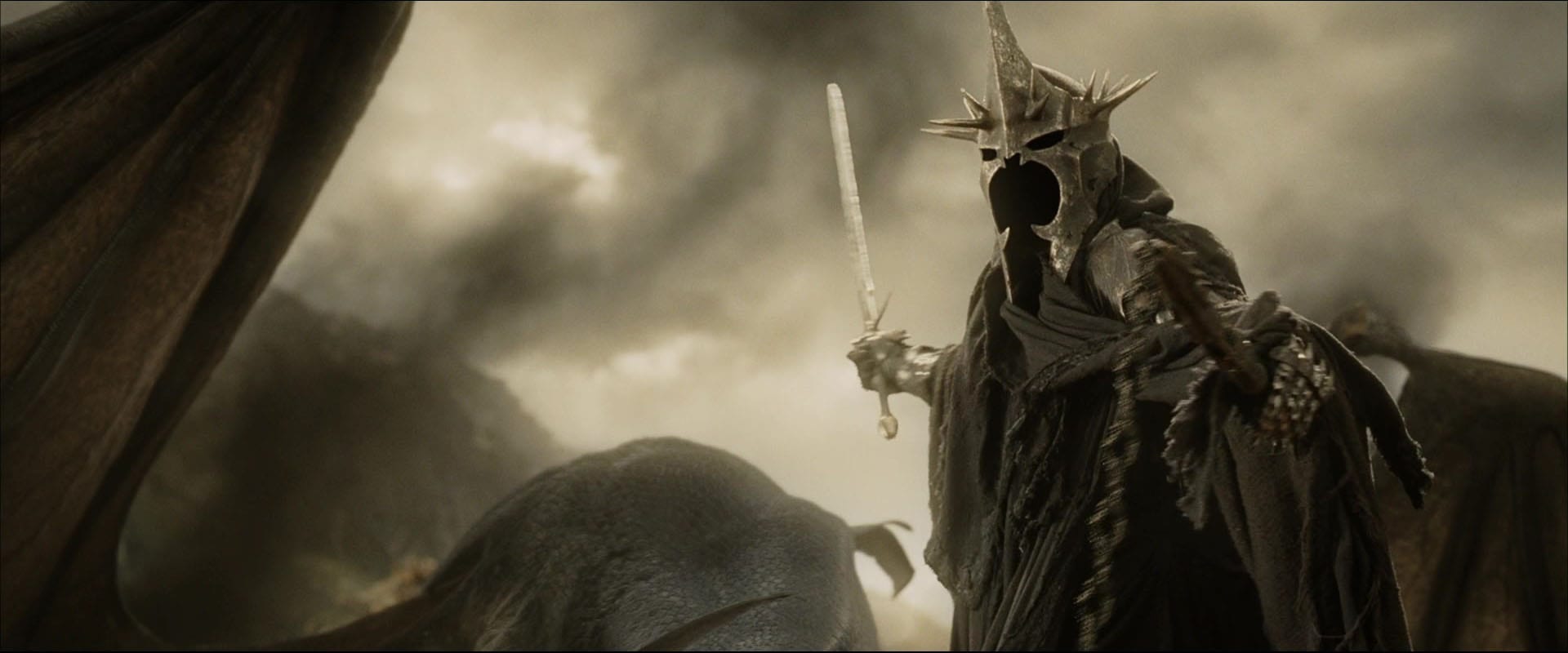
With the new trailer out now for Lord of the Rings: Rings of Power, we look at the journey of how J.R.R. Tolkien’s high fantasy epic went from manuscript to the screen, including a brief spell of The Beatles potentially producing and starring in the film.

It is a good year to be a Tolkien fan. I’m not just talking about the recently discovered Russian television version of the Lord of the Rings and its jaw-dropping special effects. Amazon’s Lord of the Rings television series is fast approaching, and the thought of Bezos’ billions behind the beloved franchise should make even the casual fan wonder what’s to come.
It has taken a long time to get to this point. The Professor sold the filming rights to The Hobbit and the Lord of the Rings all the way back in 1969, with United Artists acquiring them for a cool $250,000. 48 years later, Amazon paid 1000 times this – a whopping $250,000,000. This huge appreciation was never a sure thing. Writing decades after Peter Jackson, Fran Walsh and Philippa Boyens achieved the impossible, it is hard to convey how great of a mountain they had to climb.
So much of what makes LOTR great as a piece of literature worked against being able to tell this story through film. Narration-heavy, a huge amount of worldbuilding, interweaving stories, and many, many characters. And that’s without getting into the expense of bringing the places, creatures and battles of Middle-Earth to life. Strap yourself in and see why the franchise earned the moniker ‘unfilmable’ – it’s going to be a bumpy ride.
Roots and Beginnings
Interest in turning the trilogy into a movie started in 1956, just one year after the publication of The Return of the King. Al Brodax – who would become best known for producing The Beatles film Yellow Submarine – approached the publishers about the prospect of an animated film adaptation. Although nothing came of this, Tolkien’s open-mindedness to the idea would open the doors to an increasing number of interested parties.

The first serious offer to make the film came from Forrest J Ackerman.
The first serious offer came from Forrest J Ackerman. Records indicate that this was envisioned involving live-action filming alongside animation and miniatures. Artwork was pitched to Tolkien by Ron Cobb, the former describing these as “really astonishingly good”. Tentative location scouting took place. And amateur screenwriter Morton Grady Zimmerman got as far as writing a 55-page treatment of the trilogy – which the Professor proceeded to dissect.
The problems were extensive. Characters’ fundamental nature and defining moments were changed, most evident in Sam abandoning Frodo to the giant spider Shelob and choosing to go on to Mount Doom alone. We’re a long way from “But I can carry you” in this rendition. To this Tolkien simply noted in the scripts’ margin, “opposite of book”. Quite.
The trilogy had been heavily condensed into a three-hour story, producing unsatisfactory changes to dialogue and major pacing problems in balancing the interweaving stories of the Fellowship. Tonal problems were noted, with Lothlorien’s ethereal beauty being reduced to generic fairy-tale tropes. Tolkien downplayed the role of magic while the script revelled in it. Gandalf is shown as variously creating chasms to defeat orcs, shooting lightning bolts against wolves, and turning the Nazgul to stone at the Black Gates.
For fans fed up with explaining why the Fellowship couldn’t ‘just take the Eagles to Mordor’, imagine trying to explain why Gandalf couldn’t simply blast away every enemy on the way to Mount Doom. For its relevance to future film projects, what shines through is Tolkien’s recognition of the limits of the medium, going so far as proposing that Helm’s Deep be cut to keep the ‘big battle’ for the siege of Minas Tirith.

The Siege of Minas Tirith
Against these initial problems, and with many commentators later doubting Ackerman’s seriousness, the project was quietly shelved. Zimmerman was so affected by the process that he subsequently avoided filmmaking. Tolkien however was far from put off. In 1959 during tentative talks with Robert Gutwillig regarding film adaptation, he stated that he had “given a considerable amount of time and thought” to the idea.
“It’s easier to film the Odyssey”
The 1960s saw the idea of a film adaptation gain greater traction. The explosion of interest in the trilogy and cinema trends favouring fantasies and long epics propelled the idea further. Katzka-Bernie productions began negotiations to adapt the trilogy for United Artists (UA). The studio had seen great success during the decade, winning 10 Academy Awards for West Side Story alongside hits like Dr No. UA also had great ambitions; Bible epic The Greatest Story Ever Told was at its time the most expensive film with a budget of $20m, equivalent to $173m in 2021.
Peter Shaffer was commissioned to write a treatment for LOTR that again condensed the story to a three-hour film adaptation, although this version never got any further. This time, negotiations proved successful. Tolkien sold the rights in perpetuity to UA for the aforementioned figure (and retaining 7.5% of gross receipts, which would become an issue of contention decades later). The years that followed gave proof to Tolkien’s own assessment on the viability of bringing the books to life: “It’s easier to film the Odyssey”.
The counter-culture movement of the 1960s had been drawn to the trilogy, producing a legion of fans in a new generation – including those with the sway to talk to UA about their ambitions. Folk singer Arlo Guthrie pitched an animated adaptation, a prospect dismissed by a studio committed to telling this story in live action. In a twist worthy of The Onion, The Beatles threw their hats into the ring.

The Fellowship of the Ring.

At one stage, The Beatles threw their hats into the ring.
The band were developing ideas for their third-contractually obligated live-action film with UA, following the success of A Hard Day’s Night and Help!. Denis O’Dell, Head of the Beatles’ Apple Films, came up with the idea of an adaptation of the Lord of the Rings complete with musical elements and the Fab Four in the roles of the Fellowship’s four Hobbits.
Discussions with UA led to O’Dell identifying potential directors. David Lean, Michelangelo Antonioni, and Stanley Kubrick were approached. Antonioni was the only director not to dismiss the idea out of hand; Kubrick stated that the books were “unfilmable”. This from the man fresh off 2001: A Space Odyssey, whose two-hour runtime encompassed monkeys learning how to use tools up to humanity’s evolution into a new race.
Discussions with the band led to preferences for characters to emerge. Conflicting reports over casting may reflect the seriousness of the proposal. Allegedly, Paul’s choice was Frodo, Ringo’s was Sam, Harrison’s was Gandalf and (according to who you believe) John wanted either Frodo, Gandalf or Gollum.
Aside from the band, the tale goes that Scottish singer Donovan wanted to play Merry – and Twiggy was considered for the role of Galadriel. 1969 would ultimately be seen as the year which broke the Beatles. The mounting tensions led to their split the following year, depriving us not only of more records but this assured fever-dream of a film.

Nazgûl
Nevertheless, work continued to bring the trilogy to life. At the same time the Beatles were in talks, the art director of their iconic film ‘Yellow Submarine’ approached UA about the prospect of an animated adaptation. Heinz Edelmann originally envisioned the Rolling Stones as providing the voices, later suggesting the Beatles after becoming aware of their talks with the studio.
Recognising the severe narrative constraint inherent in fitting the trilogy into a single film, Edelmann sought to approach this not as a traditional animation story. Instead, he wanted to present the story in an operatic style to allow for a distillation of the general mood. Edelmann’s ideas did not get far; the studio was still committed to a live-action adaptation.
Check-in again tomorrow to read about The Boorman Script and how the dream of finally turning Lord of the Rings into a film became realised – sort of…


